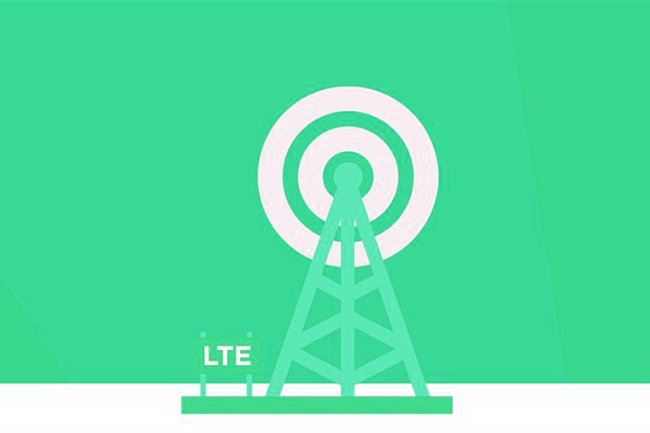With the continuous innovation and development of the Internet of Things, global Internet of Things applications are showing an accelerated development trend. Intelligent data monitoring has become an indispensable part of industrial production. Wireless communication technology is used to transmit the collected data to the control through data transmission terminals ( DTU ). Center, the data is processed and analyzed through the platform. It can be seen that the data transmission terminal (DTU) has become the core device in the Internet of Things monitoring system.
What is LTE?
LTE is the standard for 4G wireless broadband technology, providing mobile device users with higher network capacity and speed. LTE offers higher peak data transfer rates, with downlink speeds of up to 100Mbps and uplink speeds of up to 30Mbps. It also offers reduced latency, scalable bandwidth capacity and backward compatibility with existing GSM and UMTS technologies.


What is an LTE data transmission terminal?
LTE data transmission terminal, also called 4G DTU , is a wireless terminal device specially used to convert serial port data into IP data or convert IP data into serial port data and transmit it through the 4G wireless communication network.
Take the LTE data transmission terminal ZHC4012 of Zongheng Intelligent Control as an example. Its appearance adopts an industrial-grade design and has built-in dual watchdogs. The device can maintain normal operation even in harsh environmental conditions. The interface supports RS485/RS232 and can be connected to various monitoring equipment. Supports remote upgrade, supports TCP/HTTP working mode, supports up to 921600 serial port baud rate for two-way continuous sending and receiving, and supports sticky packet splitting to make transmission more effective! Secondly, the LTE data transmission terminal also supports the active collection and reporting function. There is no need for the user to add a separate controller. By configuring the DTU, the data of external sensors and instruments can be automatically collected at a scheduled time!
The LTE data transmission terminal is also very simple to use. After powering on the card and connecting to the computer to configure relevant parameters, data transmission and remote monitoring can be performed through the 4G network.
Application scenarios of LTE data transmission terminals
LTE data transmission terminals are suitable for use in scenarios that require certain real-time data requirements, such as working on the move or when the collection site is in the wild. It can be widely used in agriculture, water conservancy, meteorology, coal mines, petroleum, new energy, and urban construction. , power systems, industrial monitoring, traffic management, environmental monitoring and other industries.
Nowadays, the 4G network is fully mature and has a very high coverage rate. Most areas across the country are covered by 4G signals, and the 4G network rates are not expensive. Therefore, using LTE data transmission terminals for data transmission is a very cost-effective choice.